Good morning, and welcome to Teachers Write! I’m so excited that you’ll be writing with us this summer. This year’s format is a little different; I’m sharing a mini-lesson, writing prompt, and revision tip each Monday, and then you’ll have the week to explore those on your own schedule (and in a notebook, away from the screen if that’s your preference!) If you’re not already getting our weekly emails, you can sign up to do that here.
Before we start today’s lesson, would you celebrate with me for a minute? I have three new books out this Tuesday!
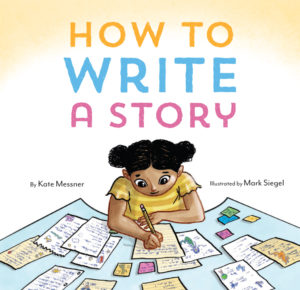
HOW TO WRITE A STORY (illustrated by Mark Siegel & published by Chronicle Books) is a follow-up to HOW TO READ A STORY and celebrates the writing process, from brainstorming and drafting to revision, editing, and publication, or sharing with friends! I hope you’ll share it with your young writers. You buy it anywhere books are sold, and personalized, signed copies can be ordered via my local independent bookstore. Just call 518-523-2950, or you can order online.
I’m also launching a brand new nonfiction series called HISTORY SMASHERS this week, with two books to start and four more on the way over the next year and a half. The series is aimed at undoing some of the lies and myths we teach kids about history and sharing the untold truths.

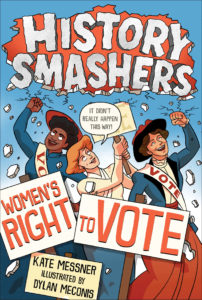
HISTORY SMASHERS: MAYFLOWER tells what really happened with the Pilgrims and Wampanoag people (and dismantles the myth of the First Thanksgiving) while HISTORY SMASHERS: WOMEN’S RIGHT TO VOTE takes a more honest look at the women’s suffrage movement. (It was a LONG journey and some of America’s most beloved suffragists were openly racist.) I know that many of you are working to dismantle white supremacy through your teaching, and sharing more honest stories about history is an essential part of that work, so I hope these books will be helpful to you. Again, if you’d like signed copies, I’m happy to personalize for you or your kids – just order through my local bookstore & they’ll get books out to you this week!
Writing History, Questioning, and Evaluating Primary Sources
Now…let’s talk about writing history. Authors & researchers are always emphasizing the importance of primary source documents like letters, diaries, and journals. But it’s so important to remember that those documents have biases. Much of the Pilgrims’ writing about the Wampanoag people, for example, downplays their culture. Some of this may have been due to ignorance on the part of the Pilgrims, but it’s also easier to justify stealing someone’s land if you look at them as inferior people. When we look at writings like Mourt’s Relation, one of the only two English primary sources from this era, that’s important to keep in mind.
When I write about history, I often start by making a list of things I think I know about a topic, and that’s a great starting place for young writers, too. For example, when you think of a Pilgrim, there’s a good chance you picture something like this guy on one of our History Smashers pages.
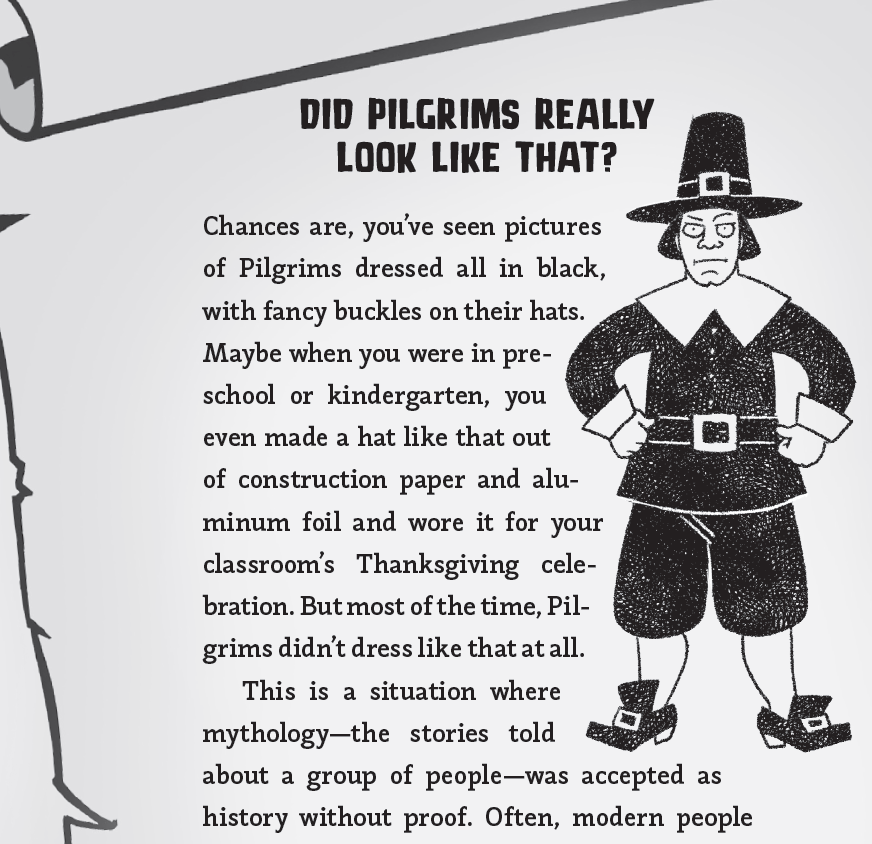
But how can check to find out if that’s what Pilgrims really looked like? We can look at portraits painted during their lifetimes, but even that gives an incomplete picture. People typically wore their best, most formal clothes to have their portraits painted, and at that time, one’s best outfit was usually black. But primary sources can help us out. When I was working on HISTORY SMASHERS: MAYFLOWER, I found that estate inventories from Plymouth (listings of what people owned) include clothing in all kinds of bright colors — red, yellow, orange, green, and violet, in addition to brown and black. That’s how we know that the classic Pilgrim-in-Black is a bit of a myth.
Revision Tip of the Week
Maybe you’re in the middle of a writing project right now and looking for ideas for how to revise. Or maybe you’re just collecting strategies to use on your own and share with students later on. Author Nikki Grimes joins us this week with some thoughts. Nikki has a new picture book biography of Kamala Harris coming out soon!
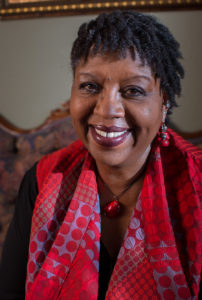
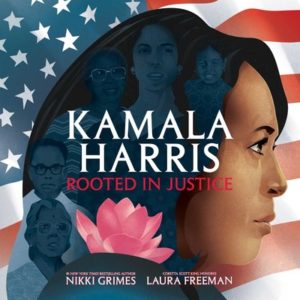
The revision process can be daunting, whether you're working on a 32-page picture book, or a 300-page novel. Where do you even begin?
Tip #1: Start by addressing the easiest element, and slowly work your way up to the element you find most challenging. That way, you won’t lose precious time stuck in neutral. As you solve your manuscript”s small problems, your confidence will grow allowing you to more easily dive into the bigger issues.
Tip #2: Work on your revision in segments. On one pass, concentrate on dialogue or voice. On another pass, tackle pacing or word economy. On another pass, focus on descriptive language, replacing trite phrases—I call them placeholders—with original metaphors/similes, etc. You may need to work on tense consistency, added back-story, deeper character development, or you may need to reconsider POV. Whatever fine-tuning your manuscript may require,
the work will seem less daunting if you tackle each element separately. At least, this is the approach that gets me from first to final draft! I hope this helps.
Writing Prompt of the Week
This week’s creativity kick-starter comes from author Martha Brockenbrough, whose new picture book THIS OLD DOG releases this fall.
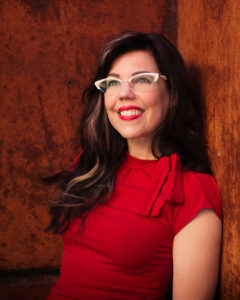
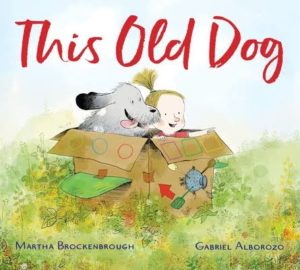
One of the best writing prompts I’ve ever given students is a letter inviting them to attend a supernatural school.
1) I come up with a list of supernatural abilities PLUS some sort of quality that characterizes the school and let students pick: The school for evil mermaids. The school for inventors of magical objects. The school for vampires with loose teeth.The school for lost flying sheep.
I do it like this because when you pair a type of supernatural with another quality, you have both physical conditions and a state of mind. This gives a writer a lot to work with.
All right…roll up your sleeves because it’s time to get writing. Try out this week’s writing prompt to get warmed up. Think of a topic in history you *think* you know about, and then see what primary sources you can find to support (or blow apart!) that preconceived notion. Then choose a piece of writing you’d like to work on, and give Nikki’s revision strategies a try!
And don’t forget that Jen Vincent will be hosting a Teachers Write check-in on her blog each Sunday.It’s a chance to chat with other campers, ask questions, and share snippets of your writing for the week.
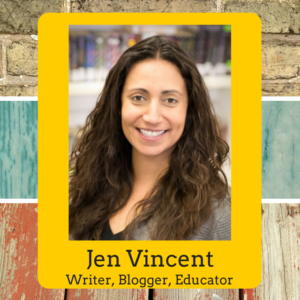
We’ll be back next week with another week’s worth of inspiration and writing!





Hi Kate, Nikki, Martha, and Jen, such a great way to start my Monday. Congrats on all the books Kate!!! And i’m gonna take that prompt and run it -re: History Smashers. Thank you for your email for doing this camp again.
Hello! Last week, I searched and searched for information about this year’s Teachers Write and when I couldn’t find anything, I was very worried. I needed this for my sanity while staying home and being as isolated as I can. Then, a few days later, I got an email from Kate and it made my day! Thank you for putting in all this work, bringing in such wonderful people to provide ideas for teachers, and for giving me joy during this uncertain time.
I will tell you a short story: I set out on my teaching journey to become a history teacher. I had loved history in high school and so I went to college and pursued a history degree. I learned more than I ever knew was out there in college and learned that what I had been taught was a glossing of facts…and some were not even true. So, I made it my mission to be a social studies teacher that would help students ask tough questions and dig for the answers. Unfortunately, around my area…or possibly all over…social studies teachers are typically male and coaches. I applied, applied, applied. I was told by two separate teachers that I needed to give up the dream or become a coach. I was heartbroken. I did not want to be a coach. I am not athletic at all…and it did not interest me in the least bit. I became a reading teacher instead…and although I love it, I still wish I had been able to at least experience being a social studies teacher once.
You have re-ignited my passion with history and now that I am established in a school, may pursue teaching history again! Who knows….maybe I could do it this time.
Thank you so much for doing this again this year. Really looking forward to writing by the pool!
Thank you for this amazing Writing Kickstart! Monday never felt so good!